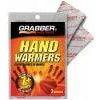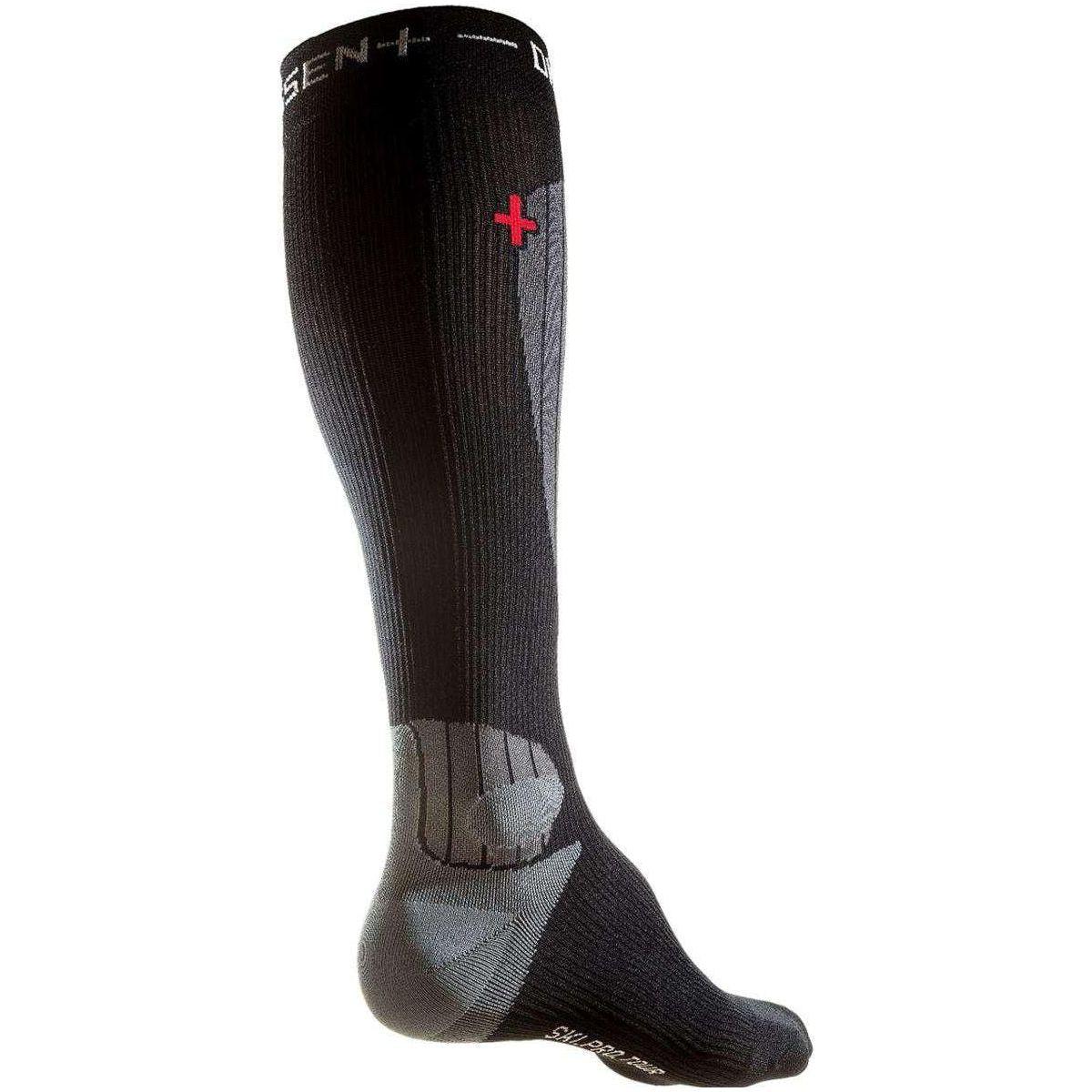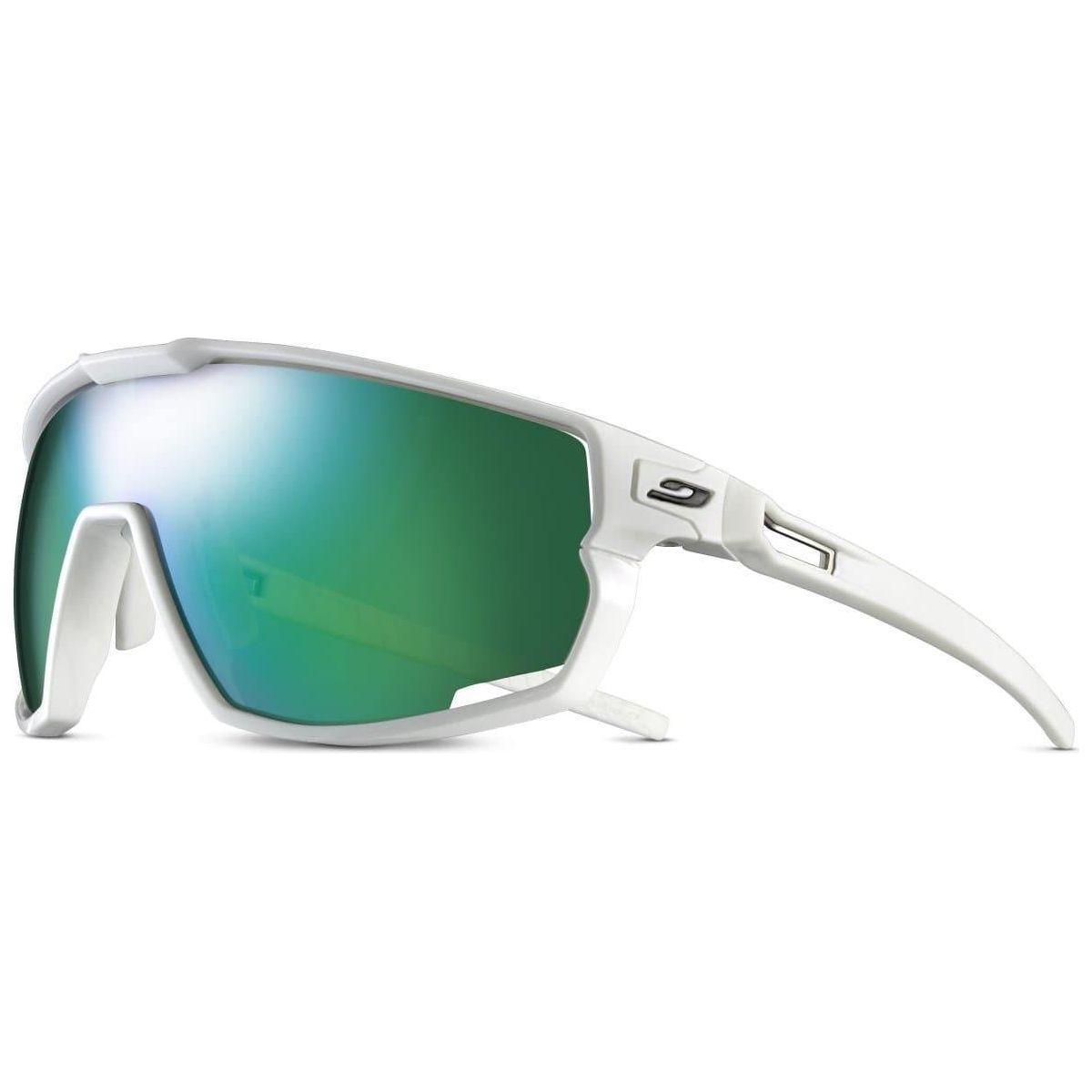Mountain Biking Pre-ride Checklist
So you picked up a new mountain bike from CCBC or brought an old bike in for a full factory overhaul. We wish we could tell you to set it and forget it and ride it hard to your next service is due. However, bikes are complicated machines with lots of moving parts, being used on increasingly rougher trails and roads that can rattle even the tightest bolt out of a frame.
It used to take mistake after mistake to learn what to do and what to check before a ride. Maybe your rear axle loosened and you didn't realize it until the bike was shifting poorly because the wheel was at an angle. Maybe it was a suspension pivot that came so loose it wore against your frame causing a creak every time the bike flexed. Sound unlikely? It has happened to us! If you know what to keep an eye out for you can catch these issues before damaging your bike or causing a crash. Our lead mechanics have put together a checklist to set you up for your next successful ride.
Part 1: Wheel, Tires, Thru-Axles
Wheels/tires are the only part of your bike which have direct contact with the terrain on which you are riding, so it’s safe to say they’re one of the more important parts of the bike. Things to check when it comes to your wheels
Tire pressure: it’s important to check your tire pressure before every ride! Tubeless systems are by no means a perfect system and losing a few pounds of pressure in between rides is to be expected, the same can be said for tubes. Riding with too little tire pressure can result in rollover flats, burping, or pinch flats, and riding with too much pressure can decrease traction efficiency.
Spoke tension: go through the spokes on each side of the wheel in pairs by lightly squeezing with your hands, they may vary a bit in tension but what you’re really looking for is any spoke that’s abnormally loose or broken. It will be very obvious if a spoke is super loose or broken, if so, don’t ride on your wheel because it could result in damaging your rims.
Thru-Axle/Quick Release: Check to be sure your thru-axle or quick release attachment is tight, this is the part that connects the hubs of your wheels to the frame or fork. Thru-axles may be lever actuated, or they will be a 5,6 or 8mm hex key.
Rotor Bolts: Your rotor bolts are what connect your rotor disc to your hub, make sure they are snug, they are usually a T25 bit.
Sealant: Not something you need to check regularly but you should make sure to refresh your sealant at least once a season
Part 2) Drivetrain
Cranks/Pedals: Check your cranks by moving them back and forth, if there is a lot of play in them bring them into a shop to be checked because all crank systems are different, and are more complicated than just tightening a bolt. Make sure your pedals are tight, most modern pedals are a 6 or 8mm hex key on the opposite side of the crank from the platform of the pedal.

Chain: Always make sure your chain is lubricated. If you are in a dry area you should use a dry lubricant, which will need to be applied before each ride or two. If you are in a wetter area you should use a wet lube, which will last a little longer, check every 5 rides or so. When in doubt, if it feels dry, lube it.
Derailleur Hanger: Check your derailleur hanger, which is the piece that attaches your derailleur to your frame. It should be relatively straight and in line with the cogs, if it is bent at all it will affect your shifting and most likely be the problem if you feel any issues with shifting.
Clutch: if you have a clutched derailleur, which most modern systems have, make sure the clutch is active before riding, if you haven’t taken the wheel off recently then it is most likely already active.
Derailleur Mounting Bolt: Make sure your derailleur mounting bolt is tight to the hanger, it is the bolt that goes through your derailleur and threads into the hanger. If this bolt is loose at all it will affect shifting and it does have the propensity to come loose at times because there is constant tension applied to it.
Part 3) Frame
Your frame and bars have a lot of moving parts on a full suspension bike, and still a decent amount on a hardtail, it helps to move front to back to ensure you cover everything.
Shifter/Brake Lever Mounting bolts: Your shifter and brake levers are attached to your bars by mounting hardware with pinch bolts, it’s important to make sure these are relatively tight so that nothing moves while you are riding. These bolts have a relatively lower torque spec (usually about 6Nm) so be sure to get them snug so there is no movement, but try not to over tighten them. The torque spec for most dropper levers is especially low (about 2.5Nm) so be extra careful with dropper lever bolts. These bolts are usually 4, or 5mm hex heads, or T25’s, dropper lever mounting bolts tend to be even smaller at around 2-3mm hex heads. A good rule of thumb is that how tight a bolt needs to be is generally proportional to the size of the bolt head.

Stem Faceplate Bolts: the faceplate of your stem is what holds your bars in place, so you definitely don’t want those to be loose because that could cause your bars to shift if too much force is applied. These are also usually a lower torque spec as well so be sure to make sure they’re snug, but be careful of overtightening, especially if you have carbon bars. These are usually 3-5mm hex heads, or T25s.
Stem Steertube Bolts: these bolts are what keep your stem attached to the fork through the steertube, so you don’t want these moving around, the steer tube is very strong so you can generally tighten these as much as you want. These are usually 4mm hex bolts.

Linkage Bolts: These bolts are the bolts that connect your rear shock and the front and rear triangle of the bike together. These bolts are definitely the most likely to loosen up and they loosen up the most frequently due to the fact that your suspension is constantly active while riding, and most of them are proprietary bolts that vary not only from brand to brand, but also from model to model, so they are not fun to loose, or easy to replace. Try to check these bolts frequently, and make sure they are nice and snug.
Caliper Mounting Bolts: These bolts are what connect your disc brake calipers to the frame and fork, so if these bolts fall off you won’t have brakes. There are two bolts on each caliper located at the front and rear of the caliper. These have a pretty high torque rating so snug them up nice.
Seatpost Clamp Bolt: This bolt holds your seat post in place, but over tightening can cause your dropper post to work incorrectly so make sure it’s snug, but if your dropper starts operating inconsistently take some pressure off. Usually a 4 or 5mm hex.
Saddle Mounting Bolts: There are generally 2 of these bolts and they hold your saddle onto your seatpost. These bolts also control the lean of your seat, so if your seat is angled incorrectly you can adjust this by tightening one bolt and loosening the other. These bolts can be snugged as tight as you want to prevent your saddle from moving around. Usually a 4mm, 5mm, or T25.

Part 4) Suspension
There is a lot of adjustment and setting up that goes into your front and rear suspension, so I’m only going to focus on what to keep an eye on to prevent using your fork or shock in an incorrect way.
Initial Setup: Your first few rides on a new bike is going to be when you set up your suspension. Most modern forks and shocks have an air chamber that will have air pressure proportional to your body weight and riding style. Once you figure out what pressure works for you, remember what your pressure level is for your fork and shock and you can periodically check the pressure to be sure it’s set to your preferences. Forks and shocks do not lose a lot of pressure frequently, so if you find yourself having to constantly add pressure to your system take your bike into a service shop because there could be an issue with your fork or shock.
Sag Meter: Set your sag meter before every ride on your first few rides on a new bike, this will help you figure out what pressure works best for you, and will indicate whether you need more or less pressure in the system. At the beginning of your ride set your sag meter closest to the seal on your fork and shock so that as you travel through your suspension the ring will move up the stanchion.
At the end of your ride, check your sag ring, you want it to be near the end of the stroke without bottoming out. If it is all the way to the top of your fork, or bottom of your shock, that means that you were bottoming out your suspension, so you’ll need to add air pressure to the system. Conversely, if it is still near the middle of the stanchion, it means that you weren’t taking advantage of all of your suspension so you need to remove some air from the system. At the end of a hard ride your sag ring should look something like this.

Once your pressure is set to your preferences, you shouldn’t have to mess with your pressure much, but every once in a while it’s not a bad idea to reset your sag meter before a ride, especially if you are starting to ride more aggressively, or on more aggressive terrain.
Excessive oil: Check around your suspension seals every so often and make sure there is not excessive oil around the seals or on the stanchion, a little bit of oil is no problem and fairly normal, but a lot could mean that you need to change out your seals and oil.
Oil/Seal Change Intervals: Most major suspension companies recommend getting a service to change the seals and oil in your fork and shock every 50 hours of riding, this service will also help with breakaway force, and increase the performance of your suspension.
Recap and Printable Pre-Ride Checklist
As you can see from the list 90% of what should be checked on a bike are bolts that sometimes have the tendency to loosen over time. These bolts loosening is totally normal and happens simply because when using a mountain bike to its full potential you are basically just bouncing it around the entire time you are using it. Ideally, going through this checklist before every ride is recommended, but realistically if you are doing most of this stuff at least every 3 to 5 rides you should be able to minimize the issues you run into when out on the trail. This will seem like a lot, but once you are in the habit of running through your bike, all of this should take no more than 5 minutes and all you should need is a multitool and a bike pump. For anything you are tightening, just make sure they are snug and not moving, if you want an exact torque spec refer to your frame manufacturer.
So that about covers it, if you ever have any questions about your pre-ride checklist, or any other bike service needs, we’re always here at Cripple Creek Backcountry. To sum it up in a quick list, here’s the basic rundown.
- Tire pressure
- Spoke tension
- Thru-axle/Quick release check
- Rotor Bolt check
- Sealant
- Crank/pedal check
- Chain lube check
- Derailleur hanger check
- Clutch
- Derailleur mounting bolt check
- Shift/brake lever mounting bolt check
- Stem faceplate bolt check
- Stem steertube bolt check
- Linkage bolt check
- Caliper mounting bolt check
- Seatpost clamp bolt check
- Saddle mounting bolt check
- Suspension



